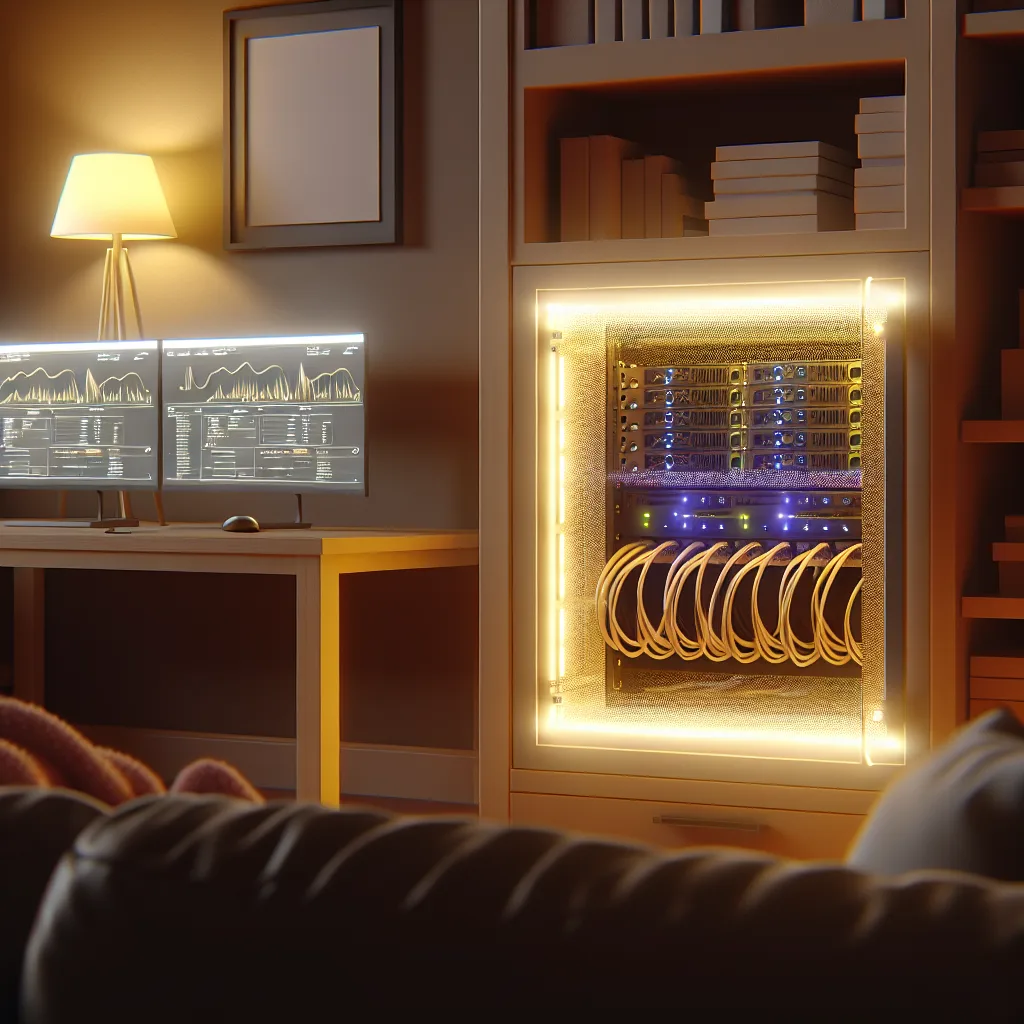Discover how a simple homelab can fuel your tech curiosity and learning
If you’ve ever been curious about setting up your own homelab, you’re not alone. A homelab setup can be a fantastic way to explore technology at your own pace, learn new skills, and tinker with different systems without worrying about breaking anything important. I found that building my homelab was not just about having cool gadgets; it became my personal little playground where I could experiment and grow.
Why I Chose a Homelab Setup
For me, the appeal of a homelab was simple: total control and freedom. I wanted a space where I could try out software, servers, networking gear, and all kinds of configurations, without restrictions. Having this setup at home lets you learn in a real-world context, which beats reading about tech in books or watching tutorials alone.
Essentials in a Homelab Setup
Starting out, I kept things basic but expandable. Here’s what I found crucial:
- A reliable server or old PC: It doesn’t have to be the latest model. An old desktop or a dedicated server works great.
- Networking gear: A good router and switches, ideally with support for VLANs and other advanced features.
- Storage: SSDs or HDDs depending on your needs — I went with a mix to balance speed and capacity.
- Virtualization software: Tools like VMware or Proxmox help to run multiple OSes and services without needing extra hardware.
These basics set me up for running virtual machines, hosting websites, and even trying out home automation.
What I Learned Working with My Homelab
Through my homelab setup, I got hands-on with networking protocols, server administration, and even some cybersecurity basics. One cool part was automating backups and monitoring system health with open-source tools. If you want, you can dive deeper into topics like virtualization with Proxmox or explore powerful server OS options like FreeNAS for storage solutions.
Tips for Your Own Homelab Setup
Thinking of setting up your own homelab? Here are a few tips:
- Start small: You can always add more hardware or software as you go.
- Keep it organized: Label cables and document your configurations.
- Focus on learning: Use this space to experiment without fear.
- Stay safe: Make sure to secure your network and devices properly.
For more inspiration and advice, checking out sites like ServeTheHome can give you ideas about gear and homelab projects.
A Place to Explore
In the end, my homelab setup turned into more than just a tech project. It’s a spot where curiosity meets hands-on practice. Whether you want to mess with servers, build your own cloud, or learn networking, setting up your own homelab might just be the best way to jump in. It’s about creating a space that fits your interests, where you can learn by doing, without any pressure.
If you’re curious and ready to try, go ahead and start planning your homelab setup today — you might be surprised how much you enjoy the journey!
